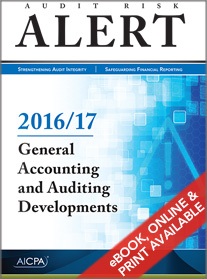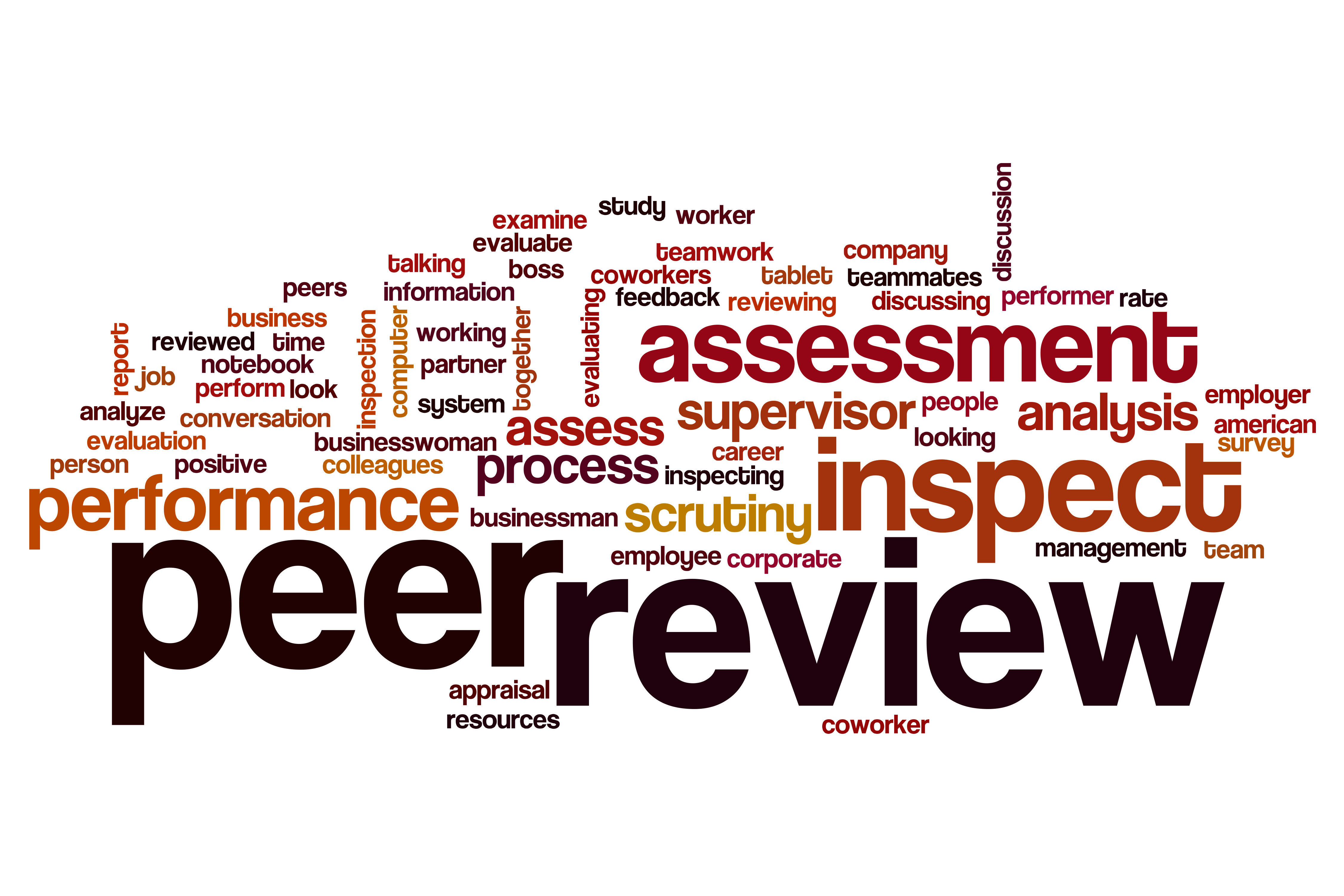Alleged arson illustrates the fraud triangle

A current trial alleging arson and insurance fraud provides CPAs an educational read on the fraud triangle.
Consider these articles if you want more background or to see my sources:
- 3/20/17 – MarketWatch – What drives people to arson? Falling house prices
- 1/27/17 – WLWT – Middletown man’s electronic heart monitor leads to his arrest
- 2/8/17 – Washington Post – A man detailed his escape from a burning house. His pacemaker told police a different story.
A fellow woke to fire in his home, packed a few belongings, called 911, tossed a couple suitcases out the window he broke with his cane, then climbed out the window to save his life.
That’s what he told fire officials and his insurance company.
The fully involved fire, which from a photo looks to have destroyed the home, caused around $400,000 of damages.
Technology can rat you out
His pacemaker told a different story.
…
Alleged arson illustrates the fraud triangle Read More »












